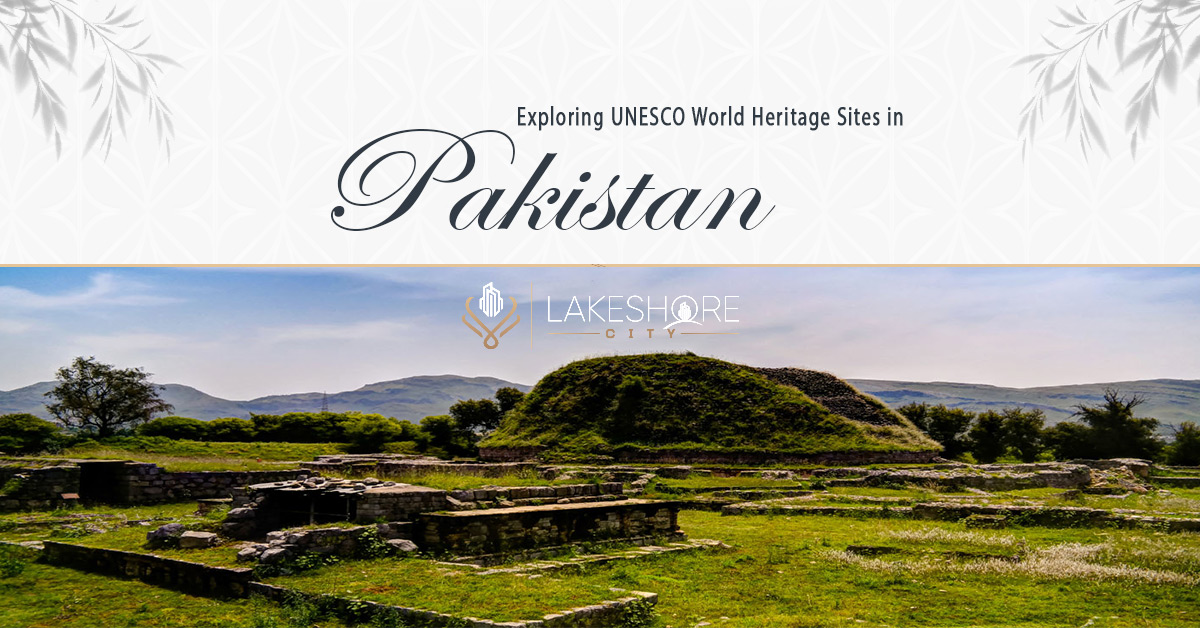UNESCO World Heritage treasures protect and preserve historical and cultural treasures. Technical training and aid to other nations are provided by the organization.
The Ruins of Mohenjo-Daro, 1980
Mohenjo-Daro existed in 26 BC. The oldest concrete evidence of urban planning is thought to be it. This old settlement’s well-planned streets, baked brick structures, and complicated drainage system show that Indus Valley residents were adept planners and civil engineers.
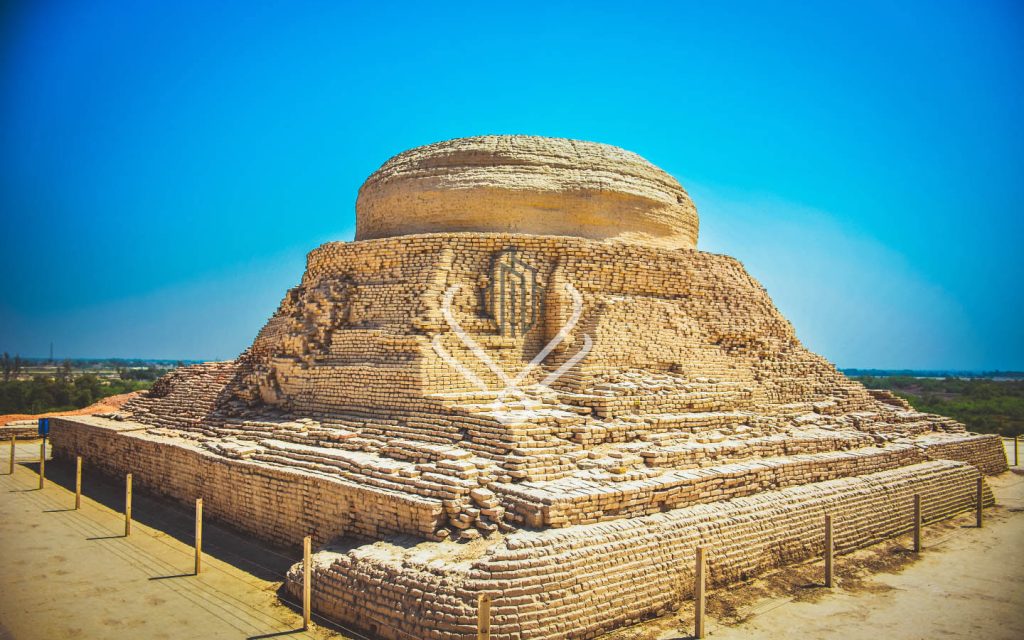

After being abandoned 3,000 years ago, Mohenjo-Daro was buried in dust and sand for decades. Archaeologists rediscovered it in 1920 in Sindh’s Larkana.
No temples or religious monuments were found during excavations. After historians uncovered gold, ivory, lapis lazuli, and other precious metals and stones, the vanished city’s splendor became obvious.
The Pakistani historical site became a UNESCO World Heritage Site in 1980. But Mohenjo-Daro’s historic mounds are eroding and degrading rapidly. Experts warn that this site could disappear by 2030 if suitable preservation measures are not followed.
The Archeological City of Taxila, 1980
The 1980 UNESCO World Heritage Site of Taxila was archaeological. It is 30 km from Islamabad.
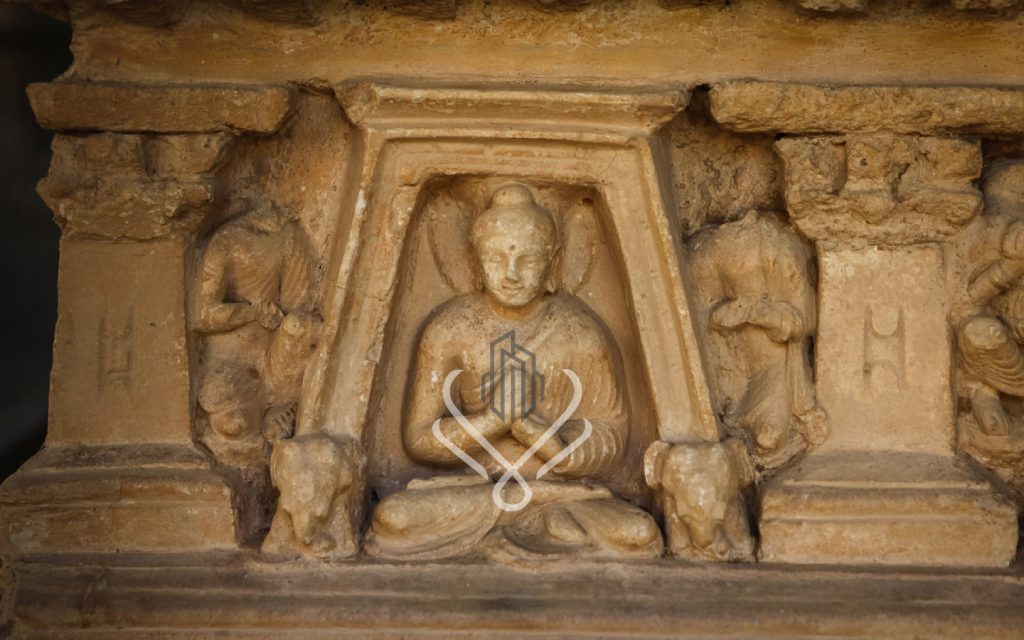

The settlement dates to 550 BC’s First Persian Empire. It was also a major city and educational center of the prehistoric Gandhara Civilization.
Taxila’s ruins include Buddhist monasteries, stupas, mosques, and medieval tombs. Taxila’s historic significance is shown by the ruins of several smaller villages.
This Pakistani historical landmark is popular with tourists due to its proximity to the federal capital and ease of access. Visit the charming Taxila Museum to witness centuries-old artifacts and statues from ancient civilizations on a day excursion. Dharmarajika stupa, Julian Buddhist Monastery, and other historical places are also available.
Buddhist Ruins of Takht-i-Bahi and Sahr-i-Bahlol, 1980
One of the best-preserved Buddhist complexes from 1 AD is Takht-i-Bahi. This stone monastery was spared by invaders and aggressors due to its mountainous position in what is now Mardan, Khyber Pakhtunkhwa.
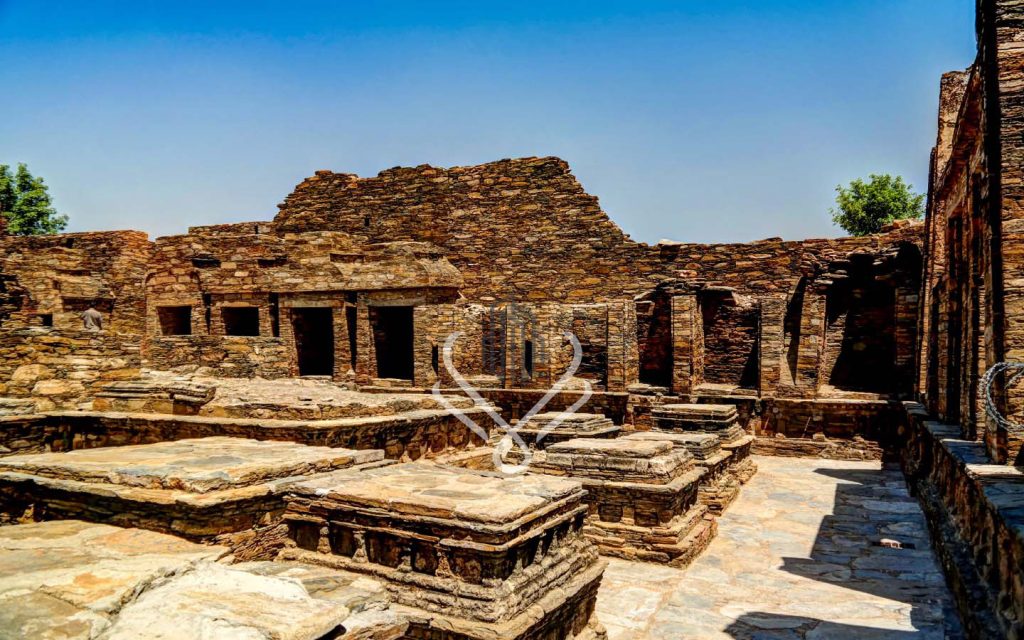

The inscriptions in Takht-i-Bahi, which means ‘throne of spring,’ are thought to refer to Indo-Parthian King Gondophares I. The ruins imply the monastery was small and single. Over 800 years, it became a massive and influential Buddhist monastic complex.
The remnants of Sahr-i-Bahlol show that Buddhists in the fortified town funded the monastery. It appears they often offered Takht-i-Bahi monks.
The sites were damaged after the 7 AD abandonment. It was rediscovered in the early 1900s. The enormous complex and other major artifacts and statues were unearthed in 1907 by archaeologists.
Takht-i-Bahi and Sahr-i-Bahlol become UNESCO World Heritage Sites in 1980.
Lahore Fort and Shalimar Gardens, 1981
The towering red-bricked fort may be Lahore’s most important landmark.
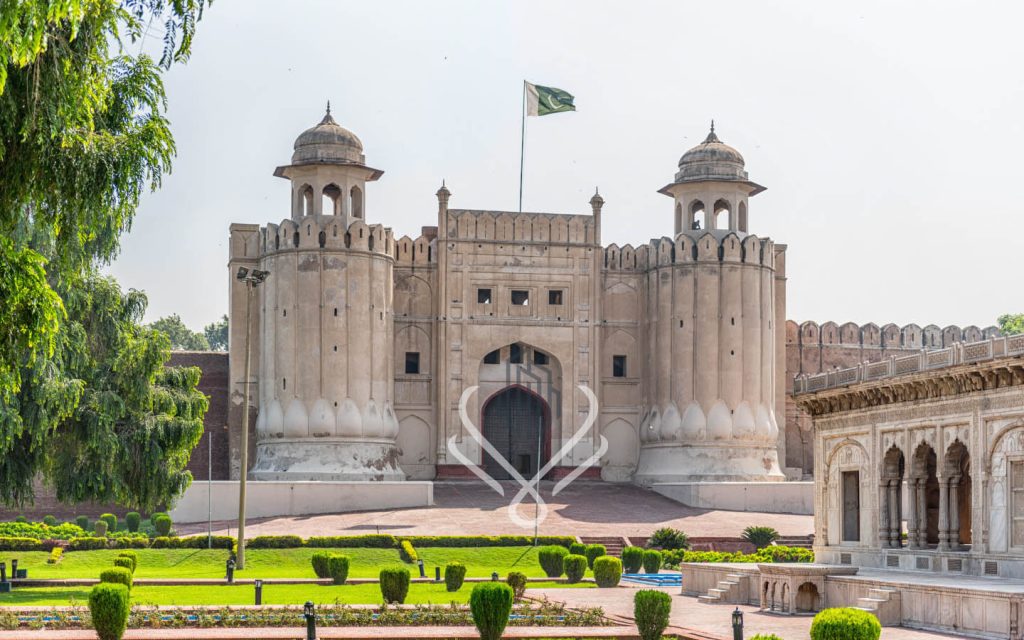

Shahi Qila, or Lahore Fort, is one of Lahore’s most renowned tourist sites. This historical landmark in Pakistan was built in 1556 by Mughal Emperor Jalal-ud-din Muhammad Akbar and added to over the decades. The Sikh Empire founder Ranjit Singh and British colonialists ruled the regal fort when the Mughal Empire fell.
Several Mughal monarchs built or restored the red-bricked fort. The Naulakha pavilion, inlaid with precious stones, a massive picture wall that is being restored, Sheesh Mahal, a white marble pavilion with intricate mirror artwork, and Moti Masjid (Pearl Mosque), which dates back to Emperor Shah Jahan, are the complex’s main structures.
The royal fort of Lahore deteriorated over time. The invaders initially destroyed it. Lack of preservation nearly destroyed it afterward.
UNESCO included the fort and Mughal Shalimar Gardens in its World Heritage list in 1980. Norway, Hong Kong, the UK, and France donated money to renovate the fort in the early 2000s.
Makli Necropolis, 1981
Makli Hill is one of the largest 14th-century community burial sites in the world. UNESCO named it a World Heritage Site in 1981. Several emperors, queens, governors, saints, philosophers, intellectuals, and other notable persons from different ages are buried at the huge cemetery complex near Thatta, Sindh’s ancient capital. Historians estimate 5 lacks to 1 million persons were buried on the hill between the 14th and 18th centuries.
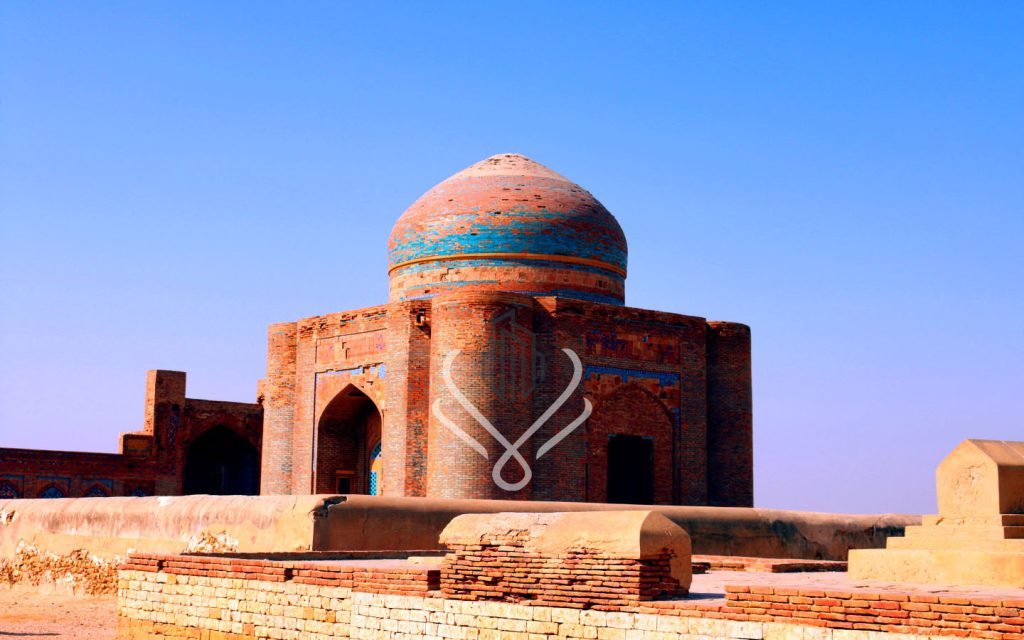

The gravesites at the ‘City of Dead’ have Hindu, Islamic, Persian, Mughal, Gujarati, and Middle Eastern-style stone carvings. The necropolis was used by multiple religions and civilizations. Due to its historic significance, Makli Hill is still considered an ‘outstanding testament’ to Sindh’s ancient culture, even if its stunning stone tombs are crumbling.
The 10-kilometre necropolis is vast. However, it needs extensive renovation or may close.
Rohtas Fort, 1997
In the 16th century, Pashtun King Sher Shah Suri founded the short-lived Suri dynasty and built Rohtas Fort. It is near Jhelum.
UNESCO called it an ‘exceptional example of the Muslim military architecture of Central and South Asia.’ In 1997, Pakistan inscribed the amazingly undamaged Rohtas Fort to the UNESCO World Heritage list.


This magnificent castle was built in 7 years and is a regional military icon. It was built to prevent Mughal Emperor Humayun from conquering the region after his defeat at Chausa. Rohtas Fort, built on an elevated peak on the Pothohar Plateau above the entryway, was likely built to monitor the Mughal-loyal Ghakkar populace.
The enormous stronghold has four kilometers of fortified walls with 68 bastion towers and 12 gateways. The inner perimeter of Rohtas Fort still has little settlement. Additionally, this Pakistani historical monument held up to 30,000 soldiers. That makes it a tough military stronghold to attack.
Tentative List of Heritage Sites in Pakistan
Pakistan has nominated 26 more cultural and historic monuments to UNESCO’s World Heritage List.
The proposed list of Pakistani historical sites is
- Badshahi Mosque, Lahore
- Wazir Khan’s Mosque, Lahore
- Tombs of Jahangir, Asif Khan and Akbari Sarai, Lahore
- Hiran Minar, Sheikhupura
- Katas Raj Temples, Chakwal
- Rani Kot Fort, Dadu
- Shah Jahan Mosque, Thatta
- Chaukhandi Tombs, Karachi
- Baltit Fort, Hunza Valley
- Tomb of Bibi Jawindi, Baha’al-Halim and the Tomb and Mosque of Jalaluddin Bukhari
- Tomb of Shah Rukn-e-Alam, Multan
Ancient cities including Harappa, Mehrgarh, Rehman Dheri, and Ranigat, as well as the Port of Banbhore, Derawar, and the Desert Forts of Cholistan, are also located in this region. In addition to the well-known Khewra Salt Mine, the country has proposed the nomination of the Central Karakoram National Park, the Deosai National Park, the Ziarat Juniper Forest, and the Hingol Cultural Landscape. Also being considered are the Mansehra Rock Edicts and the Shahbazgarhi Rock Edicts.
Conclusion:
The article highlights the significance of UNESCO World Heritage Sites in Pakistan, showcasing the rich historical and cultural heritage of the country. It discusses prominent sites such as the Ruins of Mohenjo-Daro, the Archeological City of Taxila, the Buddhist Ruins of Takht-i-Bahi and Sahr-i-Bahlol, Lahore Fort and Shalimar Gardens, Makli Necropolis, and Rohtas Fort. The article also mentions Pakistan’s tentative list of proposed heritage sites for UNESCO recognition, encompassing diverse cultural and historical landmarks.
Frequently Asked Questions (FAQs)
Q1. What is the main purpose of UNESCO World Heritage recognition?
UNESCO World Heritage recognition aims to safeguard and preserve cultural and historical treasures of global importance.
Q2. When was Mohenjo-Daro rediscovered, and what is its historical significance?
Mohenjo-Daro, rediscovered in 1920, showcases the advanced urban planning and engineering skills of the Indus Valley civilization that existed around 26 BC.
Q3. What makes Taxila a significant UNESCO World Heritage Site?
Taxila, recognized in 1980, holds ruins dating back to the First Persian Empire (550 BC) and serves as an important center of the prehistoric Gandhara Civilization.
Q4. Why are the Buddhist Ruins of Takht-i-Bahi and Sahr-i-Bahlol significant?
These sites, recognized in 1980, preserve well-preserved Buddhist complexes dating back to 1 AD and reflect the historical influence of Buddhism in the region.
Q5. What is the historical importance of the Makli Necropolis?
The Makli Necropolis, recognized in 1981, is a vast burial site with diverse architectural styles, representing the heritage of different religions and civilizations.
Q6. What is notable about Rohtas Fort, recognized in 1997?
Rohtas Fort, built in the 16th century, is an exceptional example of Muslim military architecture. It was constructed to prevent Mughal conquest and stands as a regional military icon.
Q7. What is the tentative list of heritage sites proposed by Pakistan?
Pakistan has proposed several cultural and historic monuments for UNESCO recognition, including Badshahi Mosque, Katas Raj Temples, and ancient cities like Harappa and Mehrgarh.
Q8. What are some of the natural areas considered for UNESCO recognition in Pakistan?
Pakistan’s tentative list includes natural areas like the Central Karakoram National Park, Deosai National Park, and the Ziarat Juniper Forest.
Q9. Why is the preservation of UNESCO World Heritage Sites important for Pakistan?
Preserving these sites is crucial to conserve Pakistan’s rich history, cultural diversity, and architectural heritage for present and future generations.
Our Featured Article:
Read More: Tourism in Pakistan: A Guide to the Provinces and Attractions
Read More: PTDC Holds Workshop to Improve Skills of Tour Guides
Don’t miss the chance to invest with Lakeshore! Secure your investment today by investing your financial investment with Lakeshore in the following available options like Lakeshore City, Lakeshore Club, and Lakeshore Farms.
For More updates, please Contact +92 335 7775253 or visit our website https://lakeshorecity.com/
Lakeshore City is the upcoming elite lifestyle at Khanpur Dam. Offering no parallel amenities for the members and owners of distinguished farmhouses.
Become Part of Luxurious Lifestyle
Contact: 0335 7775253


